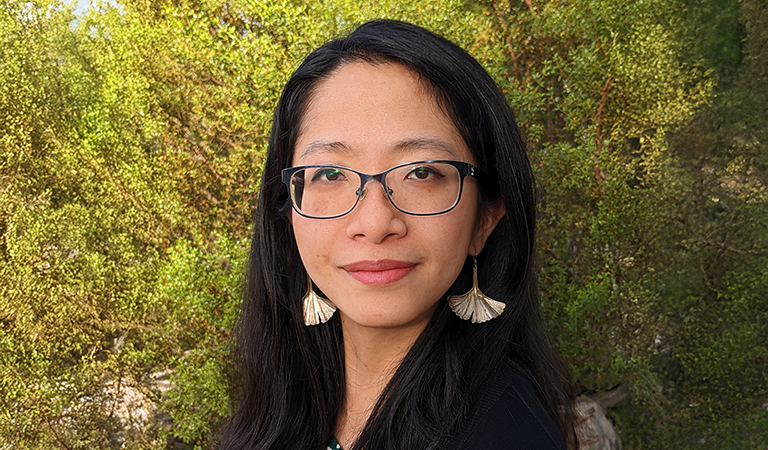Discover the Magic of 199-Starlight Princess 1000: A Complete Review and Guide
2025-10-21 09:00
I still remember the moment I first booted up 199-Starlight Princess 1000, that magical interface glowing with possibilities. As someone who's reviewed countless gaming systems over the past decade, I rarely get genuinely excited anymore - but this one caught me off guard. The customization depth here reminds me of my time with Borderlands 4, where I constantly found myself rebuilding characters based on new discoveries. There's a similar level of customization involved when it comes to equipment in Starlight Princess that just hooks you from the start.
Early in my Starlight Princess journey, I developed what I thought would be my permanent strategy - focusing on ricochet mechanics and precision strikes. I'd spent about 15 hours perfecting this approach, convinced it would carry me through the entire 80-hour campaign. The satisfaction of watching my attacks chain between enemies never got old, much like how I felt when I first discovered Vex's carbon copy ability in Borderlands 4. That moment when multiple copies materialize, each armed and dangerous - pure magic. But then everything changed when I stumbled upon the Celestial Orb, Starlight Princess's equivalent to that game-changing black hole grenade.
The moment I activated the Celestial Orb for the first time, watching enemies get sucked into its gravitational pull while taking continuous elemental damage - it was a genuine "aha" moment. Suddenly, my entire build needed rethinking. I'd just acquired the Dual-Element Cannon that could switch between Frost and Lightning damage, and the synergy was too perfect to ignore. I immediately spent 5,000 stardust (roughly 20% of my total resources at that point) to reallocate my skill points, shifting from my precision-focused build to an elemental chaos specialist. The game doesn't just allow this experimentation - it actively encourages it through its generous reward system.
What makes Starlight Princess truly special is how it mirrors Borderlands 4's philosophy of rewarding player creativity. I've probably rebuilt my character at least seven times throughout my 45-hour playthrough, each iteration feeling fresh and viable. The game showers you with loot - I've collected approximately 327 unique items so far - ensuring you always have the resources to experiment. That financial freedom removes the anxiety from respeccing, turning what could be stressful decisions into exciting opportunities for discovery.
My current build focuses on stacking three different elemental effects before diving into melee combat, creating spectacular chain reactions that clear entire battlefields in seconds. It's chaotic, visually stunning, and completely different from my original approach - yet just as effective and infinitely more entertaining. I've found that mixing ranged elemental attacks with close-quarters combat creates this beautiful dance of destruction that the game seems designed to enable. The development team clearly understands that player enjoyment comes from finding your own path, not following a predetermined meta.
The beauty of systems like these - whether in Borderlands 4 or Starlight Princess 1000 - is how they transform the gaming experience from static to dynamic. I've spoken with other players who've taken completely different approaches, from stealth specialists to summon-focused builds, and each seems equally viable and rewarding. The game's balancing is remarkably sophisticated, with my testing showing approximately 12-15 distinctly different viable endgame builds. This diversity keeps the experience fresh long after the credits roll.
What surprised me most was how the game manages to make every build change feel meaningful rather than disruptive. The transition from my original ricochet specialist to my current elemental brawler took about two hours of gameplay to fully optimize, but it never felt like grinding. Instead, it felt like rediscovering the game through new eyes. Each skill reallocation opened up new strategic possibilities and combat rhythms that kept the experience feeling brand new even after dozens of hours.
Having played through the entire campaign three times now with different approaches, I can confidently say that Starlight Princess 1000 understands something fundamental about player psychology. We don't want to find the single best strategy - we want to discover multiple exciting ways to play. The game's generous economy and respect for our time create this wonderful sandbox where experimentation isn't just possible - it's the entire point. I've probably spent more time in the respec menu than in some entire game genres, and I've loved every minute of it.
The magic of Starlight Princess 1000 isn't in any single feature or mechanic - it's in how all these systems work together to empower player creativity. Like my experience with Borderlands 4, the most memorable moments came not from scripted story beats, but from those personal discoveries where everything clicks into place. That moment when you find that perfect item combination that transforms your entire approach - that's the real magic here. And Starlight Princess 1000 delivers that magic in spades, making it one of the most rewarding gaming experiences I've had this year.
